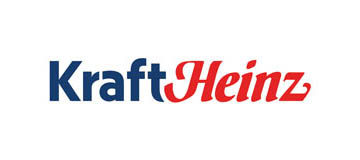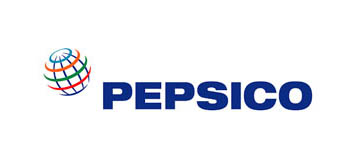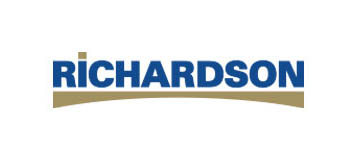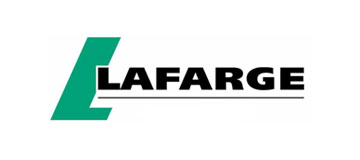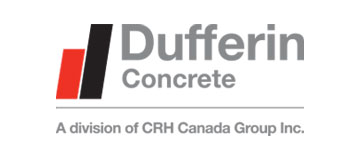Performance Charts
- TL 10 Pressure
- TL 10 Vacuum
- TL 20 Pressure
- TL 20 Vacuum
- TL 30 Pressure
- TL 30 Vacuum
- TL 40 Pressure
- TL 40 Vacuum
- TL 41 Pressure
- TL 41 Vacuum
- TL 50 Pressure
- TL 50 Vacuum
- TL 60 Pressure
- TL 60 Vacuum
- TL 61 Pressure
- TL 61 Vacuum
- TL 70 Pressure
- TL 70 Vacuum
- TL 80 Pressure
- TL 80 Vacuum
- TL 81 Pressure
- TL 81 Vacuum
- TL 90 Pressure
- TL 90 Vacuum
- TL 100 Pressure
- TL 100 Vacuum
- TL 101 Pressure
- TL 101 Vacuum
- TL 110 Pressure
- TL 110 Vacuum
- TL 120 Pressure
- TL 120 Vacuum
- TL 600 Pressure
- TL 900 Pressure
let us know how!
The most accurate performance can only be determined by mathematical calculation. Therefore, all site characteristics must be provided by our customers to ensure the proper installation. Since almost every application is different, besides our years of experience, we rely heavily on data sheets with all the necessary information gleaned from the customer, and after weighing a combination of factors unique to your operation, we are able to make a correct assessment that makes operational and economic sense for your business.
Key Factors to be Considered:
- Material handling
- Conveying distance
- Pressure availability
- Material characteristics
- Economic considerations
Conveying distance is always linked to pressure. Since conveying line pressure drop is almost directly proportional to distance, long-distance conveying (about one mile) equates to high pressure particularly if a high-material flow rate is required.
The particle size and density of the material is an important factor. Almost any material can be conveyed in dilute phase.
Dilute Phase Systems
This method uses high gas velocities at low pressures. The conveying gas volume and velocity are sufficient to keep the material being transported in suspension, and conveying is maintained in a continuous manner rather than accumulating on the bottom of the conveying line at any point.
Because dilute phase conveying are relatively simple, the upfront investment costs are very economical. Almost any material can be conveyed in dilute phases suspension flow through pipeline, regardless of the particle size, shape or density. This type of system is more accommodating to more businesses, and usually the more suitable option. It’s also easier on the wallet due to less need for repairs.
Performance Charts
- TL 10 Pressure
- TL 10 Vacuum
- TL 20 Pressure
- TL 20 Vacuum
- TL 30 Pressure
- TL 30 Vacuum
- TL 40 Pressure
- TL 40 Vacuum
- TL 41 Pressure
- TL 41 Vacuum
- TL 50 Pressure
- TL 50 Vacuum
- TL 60 Pressure
- TL 60 Vacuum
- TL 61 Pressure
- TL 61 Vacuum
- TL 70 Pressure
- TL 70 Vacuum
- TL 80 Pressure
- TL 80 Vacuum
- TL 81 Pressure
- TL 81 Vacuum
- TL 90 Pressure
- TL 90 Vacuum
- TL 100 Pressure
- TL 100 Vacuum
- TL 101 Pressure
- TL 101 Vacuum
- TL 110 Pressure
- TL 110 Vacuum
- TL 120 Pressure
- TL 120 Vacuum
- TL 600 Pressure
- TL 900 Pressure
let us know how!




 1.844.898.1980
1.844.898.1980 email
email








